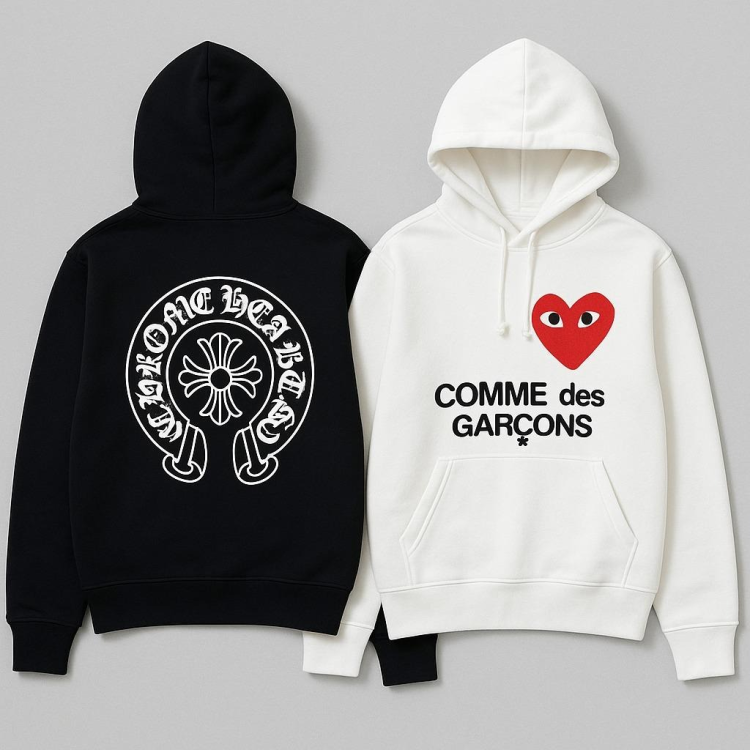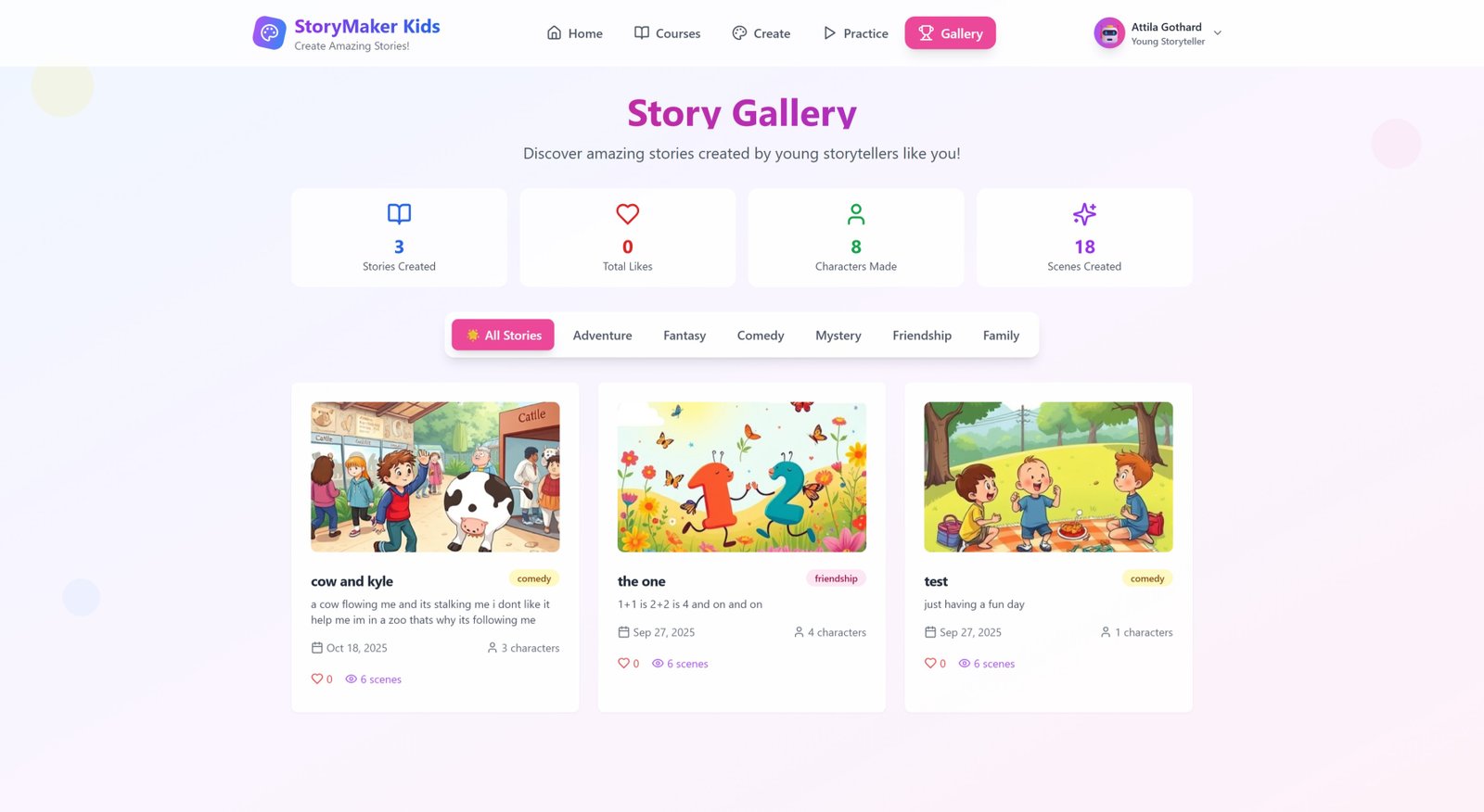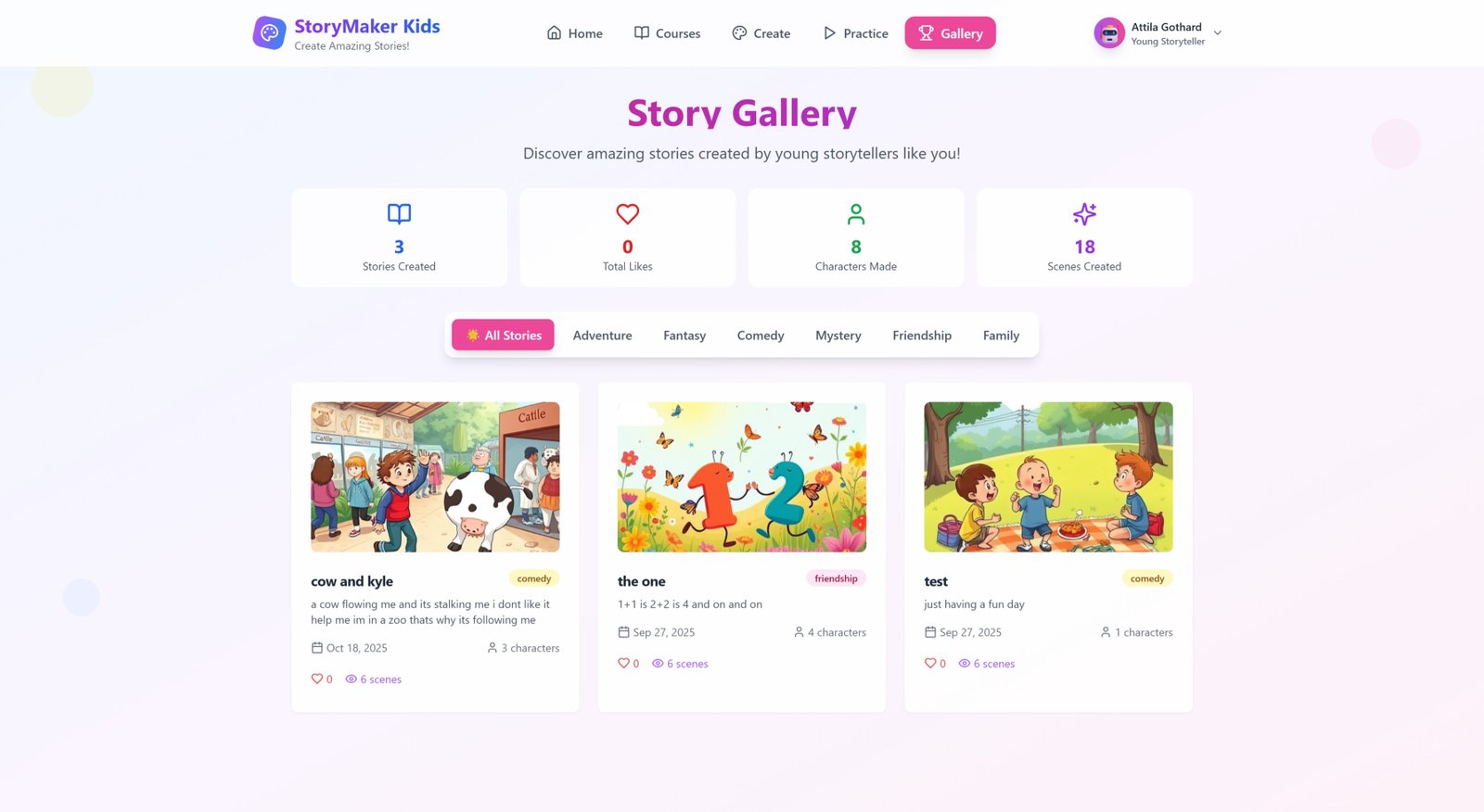Fashion Geometry: Playing With Form in Comme des Garçons and Chrome Hearts
In the world of high fashion, few concepts intrigue designers and enthusiasts as deeply as form. The relationship between structure, shape, and identity defines how a garment transcends simple function to become art.

In the world of high fashion, few concepts intrigue designers and enthusiasts as deeply as form. The relationship between structure, shape, and identity defines how a garment transcends simple function to become art. Two of the most groundbreaking names that embody this creative philosophy are Comme des Garçons and Chrome Hearts. Each brand approaches the idea of form through its own distinctive lens—one experimental and abstract, the other bold and rebellious—yet both challenge conventional definitions of beauty, luxury, and individuality.
Comme des Garçons, the Japanese fashion house founded by Rei Kawakubo, has long been celebrated for its avant-garde exploration of structure and deconstruction. It treats the body as a canvas for sculptural storytelling rather than a fixed silhouette. Chrome Hearts, on the other hand, takes an entirely different path—rooted in rock ‘n’ roll culture and craftsmanship, it uses form to communicate attitude and edge through silver, leather, and gothic detailing. When these two design philosophies meet under the concept of fashion geometry, they reveal a powerful dialogue about how form can define not just clothes but culture itself.
This article explores how Comme des Garçons and Chrome Hearts each interpret form, structure, and geometry in fashion, how their approaches differ, and what happens when these philosophies intersect in today’s evolving aesthetic landscape.
Comme des Garçons: Abstract Geometry in Motion
The world of Comme des Garçons is one of paradox and provocation. Rei Kawakubo, its founder and creative force, has spent decades redefining what fashion can be. Her work often dismisses traditional beauty standards, instead constructing garments that appear misshapen, oversized, or asymmetrical. Yet within these distortions lies a profound sense of balance—an unconventional geometry that celebrates imperfection and rebellion.
Kawakubo once said she designs “for the mind, not the body.” This approach reveals the heart of Comme des Garçons’ philosophy: fashion as intellectual architecture. Every seam, curve, and fold becomes a geometric experiment. The brand’s use of draping, layering, and sculptural volume transforms fabric into an abstract language. A jacket might expand at the shoulders like a cube; a dress might fold inward like origami. This deliberate play with form challenges the notion that clothes must flatter or conform. Instead, Comme des Garçons invites wearers to rethink what it means to inhabit space.
The brand’s iconic collections, such as “Body Meets Dress, Dress Meets Body” (Spring/Summer 1997) of https://commedesgarcon.org/, emphasize this spatial exploration. In that collection, bulbous padding distorted the human figure, creating a new kind of silhouette that questioned gender, identity, and physical boundaries. The result was both shocking and poetic—a reminder that geometry in fashion can convey emotion as powerfully as color or texture.
Even in its minimalist lines or monochromatic tones, Comme des Garçons maintains a dialogue with form. Kawakubo’s fashion geometry speaks through negative space and asymmetry, where the void becomes as meaningful as the material. Her clothes often appear unfinished or torn, yet these choices are intentional—they represent the balance between chaos and order, an aesthetic tension that mirrors the human condition.
Chrome Hearts: Sculpting Rebellion in Metal and Leather
While Comme des Garçons explores geometry through abstraction and intellectual play, Chrome Hearts embodies a visceral and tactile interpretation of form. Founded in 1988 by Richard Stark in Los Angeles, Chrome Hearts began as a leather workshop creating custom pieces for rock musicians. Over time, it evolved into a global luxury label, but it never abandoned its rebellious roots. Its craftsmanship revolves around metalwork, gothic motifs, and architectural precision—hallmarks of a brand where geometry serves as a declaration of identity.
In Chrome Hearts’ world, form is power. The brand’s signature crosses, fleur-de-lis patterns, dagger motifs, and intricate filigree details are carved with mathematical accuracy. Each jewelry piece of https://chromeheartshoodie-us.com/, belt buckle, or eyewear frame demonstrates a deep respect for symmetry and proportion. Unlike Comme des Garçons, which embraces imperfection, Chrome Hearts finds perfection in the balance of its design elements—metal, leather, and attitude forming a cohesive, geometric unity.
The physicality of Chrome Hearts’ materials amplifies this sense of geometry. Silver’s reflective quality, leather’s organic grain, and wood’s tactile warmth interact to create contrasts of light, weight, and texture. These elements produce a sense of wearable architecture—a connection between material and emotion. When you wear Chrome Hearts, you wear form as armor, confidence, and rebellion.
The brand’s attention to craftsmanship mirrors artisanal geometry. Every link, every engraving, every curve is deliberate. In fashion terms, Chrome Hearts translates geometry into discipline—a structured defiance against mass production and mediocrity. This meticulous devotion to detail has positioned it as a cult favorite among artists, musicians, and fashion icons who value individuality and form-driven design.
Fashion Geometry: Where Abstraction Meets Rebellion
At first glance, Comme des Garçons and Chrome Hearts might seem worlds apart. One is conceptual, the other visceral. Yet both express the essence of fashion geometry—the use of shape, structure, and proportion to communicate meaning. Their contrasting aesthetics reveal two sides of the same coin: the geometry of emotion.
In Comme des Garçons, geometry destabilizes. It questions the viewer’s expectations and dismantles symmetry to uncover beauty in irregularity. In Chrome Hearts, geometry stabilizes. It creates order from rebellion, shaping chaos into tangible form. Together, they illustrate that geometry in fashion is not only about measurement or proportion—it’s about the dialogue between mind and matter.
When these philosophies intersect, they redefine the possibilities of design. Imagine a collaboration where Kawakubo’s conceptual silhouettes meet Chrome Hearts’ gothic detailing. The result would be sculptural and subversive, balancing delicate abstraction with industrial strength. This synthesis of ideas reflects a broader truth: modern fashion thrives on contrast, on the merging of soft and hard, minimal and maximal, abstract and material.
The intersection of these two brands also reflects how geometry operates as a language across creative disciplines. In architecture, geometry dictates space; in music, rhythm; in fashion, identity. Both Comme des Garçons and Chrome Hearts manipulate this language to speak to individuality. Their garments and accessories invite wearers to express themselves not through trends but through form—to occupy space with intent and confidence.
Reinventing the Body Through Form
One of the most compelling aspects of fashion geometry lies in its ability to reinterpret the human body. Comme des Garçons reimagines the body as a fluid structure rather than a fixed one. By altering proportions, Rei Kawakubo gives new meaning to how clothes relate to anatomy. Oversized shoulders, misplaced seams, and unconventional silhouettes redefine what it means to move through space. The geometry of her garments reshapes perception itself—transforming the wearer into a living sculpture.
Chrome Hearts, conversely, uses geometry to highlight strength. Its fitted leather jackets, bold accessories, and angular eyewear create sharp outlines that emphasize presence and power. The brand’s designs accentuate the human form while simultaneously armoring it. Geometry here serves as both aesthetic and protection—a balance between vulnerability and defiance.
Both brands challenge fashion’s traditional relationship with the body, yet from opposite directions. Comme des Garçons dissolves boundaries; Chrome Hearts reinforces them. This duality reveals the transformative potential of geometry in fashion—it can both expand and contain, distort and define.
Material as Geometry: Structure Beyond Fabric
Geometry in fashion extends beyond cut and shape; it resides in the material itself. Comme des Garçons frequently uses unconventional textiles—synthetic meshes, foams, plastics—to construct forms that resist easy categorization. These materials bend, fold, and twist, creating new topographies on the body. The choice of fabric becomes an extension of geometric experimentation, allowing Kawakubo to sculpt rather than sew.
Chrome Hearts takes a parallel path through different materials. Its signature silver and leather operate like architectural elements—hard and soft, reflective and absorbent. The brand’s artisans treat each piece of metalwork as micro-engineering, ensuring balance in every curve and contour. This meticulous craftsmanship embodies geometry’s precision while maintaining the soul of handwork.
Together, these material approaches demonstrate that geometry in fashion is not confined to mathematics—it’s sensory, emotional, and deeply human. It’s the rhythm of folds, the symmetry of patterns, the contrast between light and shadow. Through their material mastery, both brands create wearable forms that transcend trends.
The Cultural Impact of Geometric Fashion
The influence of Comme des Garçons and Chrome Hearts extends far beyond runways and boutiques. Their exploration of geometry has reshaped cultural perceptions of style, gender, and individuality. Kawakubo’s work opened doors for conceptual fashion, inspiring generations of designers to embrace asymmetry, abstraction, and imperfection. Meanwhile, Chrome Hearts turned craftsmanship and rebellion into luxury, proving that edge and elegance can coexist.
This cultural dialogue continues to evolve in the digital age, where geometry takes on new dimensions through virtual fashion, 3D modeling, and AI-generated design. Both brands remain relevant because they understand that geometry is timeless—it adapts to technology, trends, and human emotion alike. Whether through the sculptural folds of a Comme des Garçons coat or the precise engraving of a Chrome Hearts ring, form continues to speak to identity.
What's Your Reaction?


























